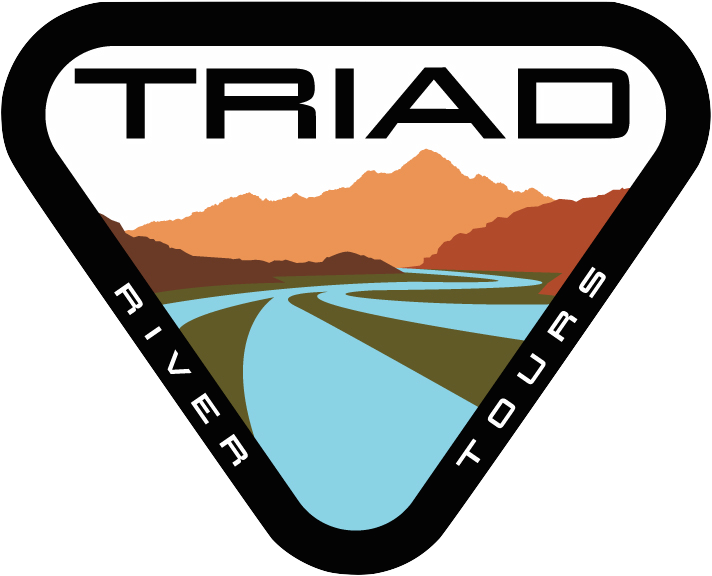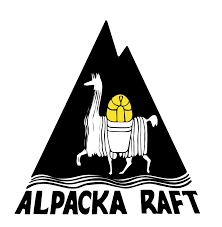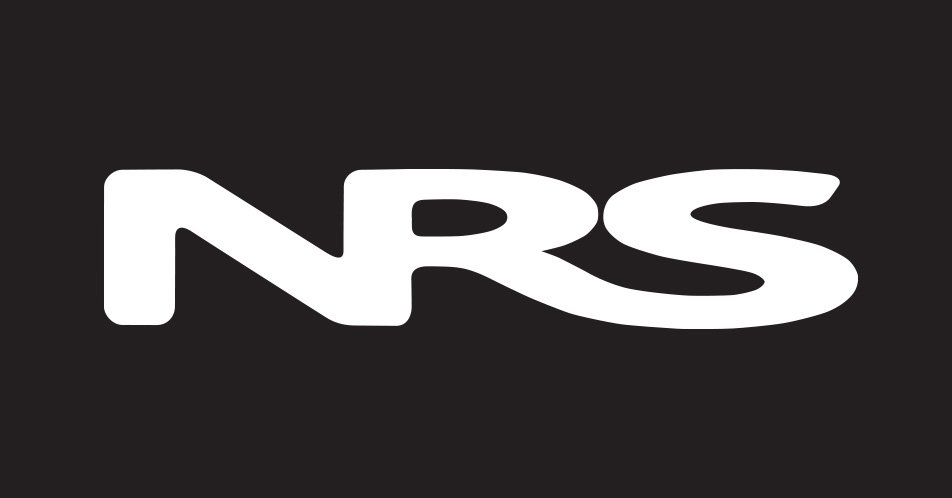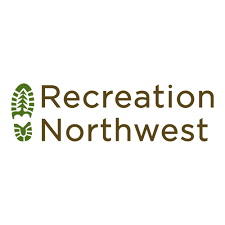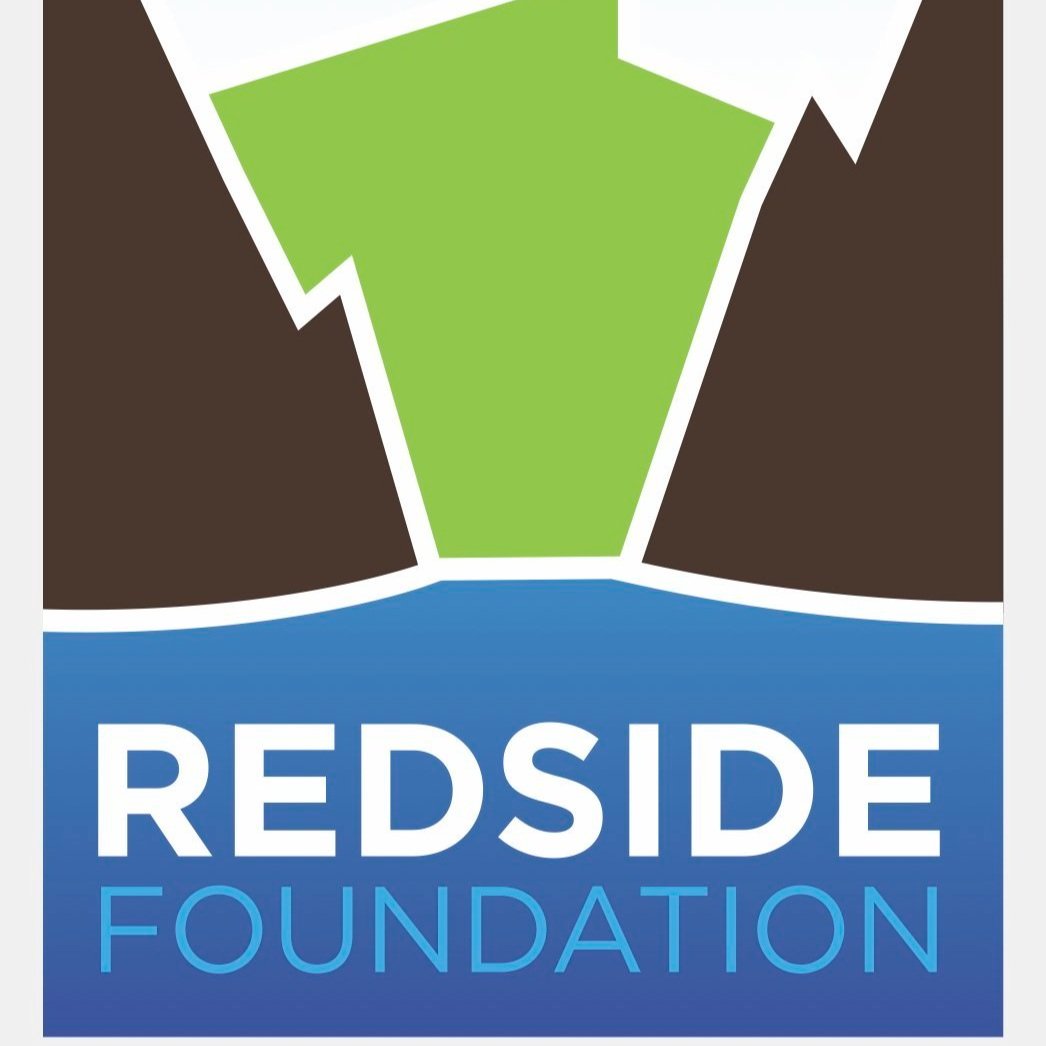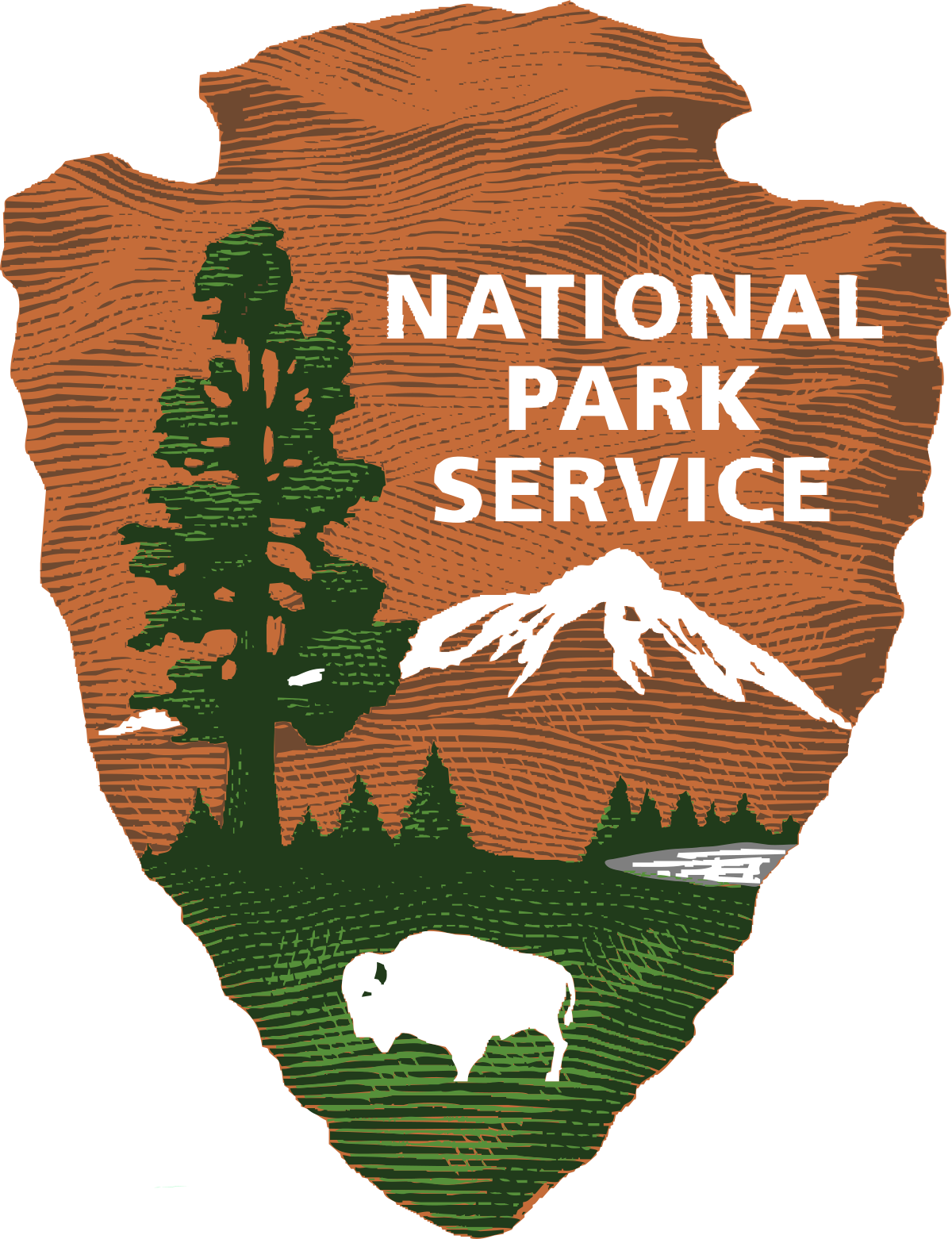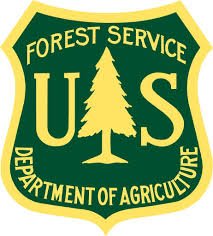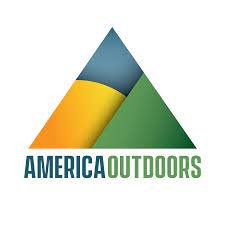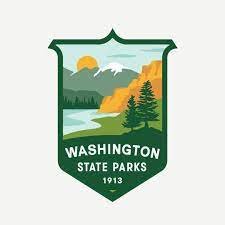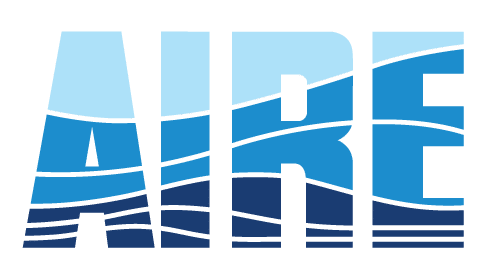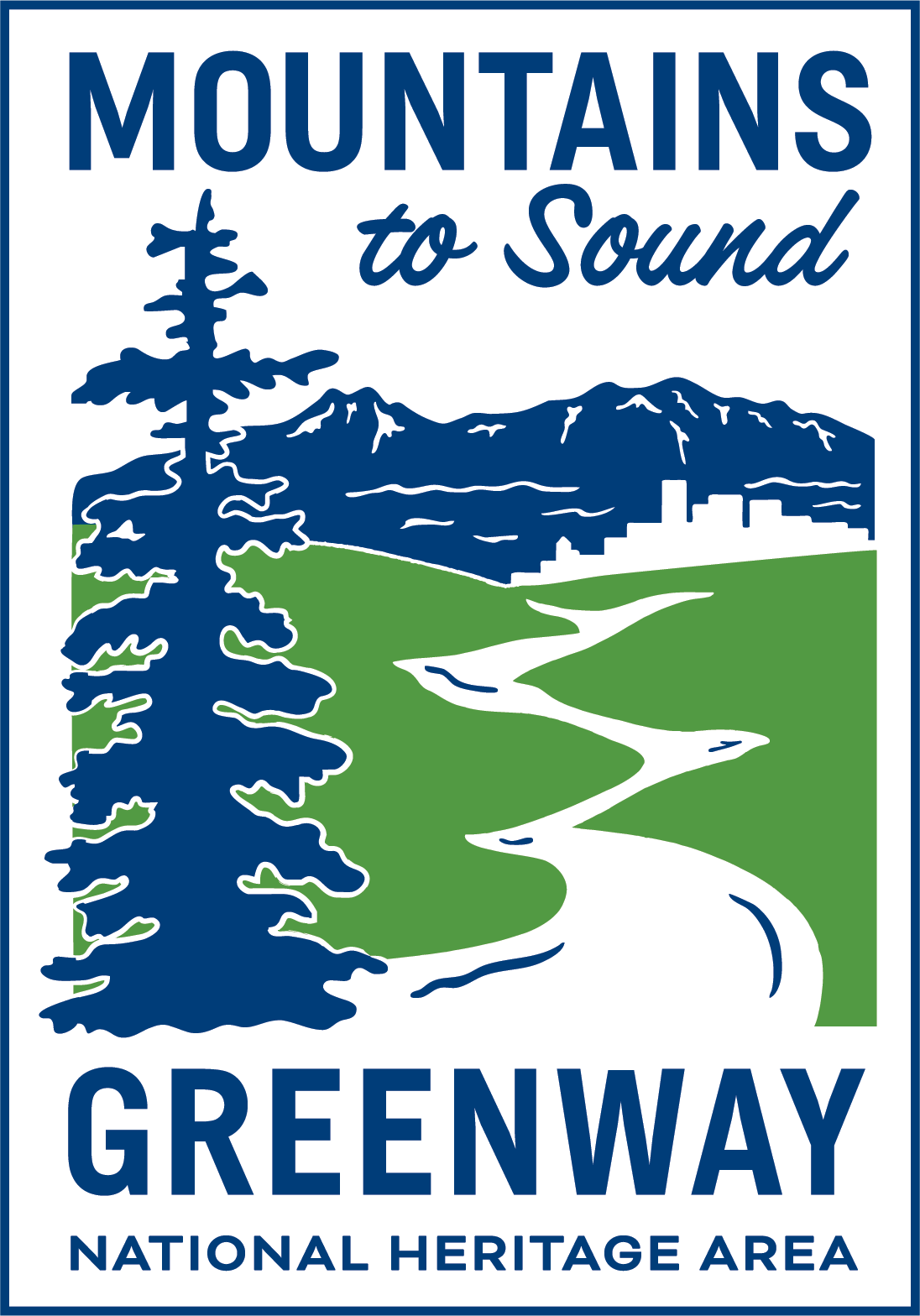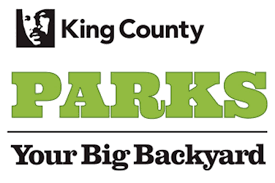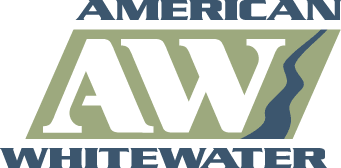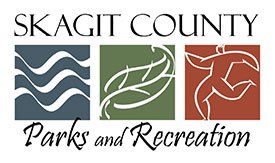Salmon: The Heartbeat of Pacific Northwest Indigenous People
While rafting on a trip with Triad River Tours along one of the Western Washington rivers, you might notice red flashes of salmon swimming against the flow of rapids. These pulses of salmon have been at the heart of Pacific Northwest indigenous people since at least 12,000 years ago. Salmon continue to be essential in the preservation and livelihood of tribes in Washington.
In the Puget Sound region, there’s a colorful variety of salmon that support the survival of local tribes. Coho, sockeye, pink, chum, king and chinook all provide reliable sustenance due to high nutritional value and dependable spawning patterns. Tribes like the Lummi, Nooksack, Snoqualmie, and Sauk-Suiattle were shaped by the natural resources of the area and often centered their lives and traditions around rivers, especially salmon. Food like salmon has been nourishing tribal communities for thousands of years and is sacred for this. The interconnection of the salmon as dependable nourishment, and spiritual significance has made salmon sacred to tribes in the Puget Sound Region.
Salmon are a keystone species in Washington’s ecological sphere. They swim up rivers that span across the entirety of Washington providing food for bears, snakes, birds, and other fish. A variety of sea animals prey on salmon when the fish arrive in the Pacific ocean or more specifically, the Salish Sea. Salmon are literally the basis for the ecosystem in Washington State and is present in almost every interaction the local food chain provides. The fish are rich in vitamin D and omega fatty acids that the Pacific Northwest’s dynamic environment fosters, consequently being coveted by many predators. The prominence and abundance of salmon’s nutrition is ingrained in indigenous locals' diets and sense of security.
Before industrialism and surplus agriculture took a toll on fish populations, the Native people of Washington took solace in salmon and demonstrated its importance to settlers.
“My strength is from the fish; my blood is from the fish, from the roots and berries. The fish and game are the essence of my life. I was not brought from a foreign country and did not come here. I was put here by the Creator.”
—Chief Weninock, Yakama, 1915
Not only are salmon a vital lifesource, salmon are a significant symbol of the Indigenous people of Washington, making appearances in tribal traditions. The spawning of salmon in particular is a tradition sacred to indigenous people. A celebration called first salmon entails salmon bakes, storytelling, and pow wow dancing to honor the importance of salmon in indigenous tribes’ lives. The religious beliefs of the Pacific Northwest tribes see the fish as a gift from the salmon king. The king is an entity that rewards them each year with the incoming spawning populations of salmon. Respecting and paying tribute to the king each season is essential to ensure salmon return year after year. An aspect of the first salmon ceremony was to allow the fish to run the river without hunting them for the first few days. This respect for salmon is a form of sustainability that honors the cycle of the fish and allows space for the population to thrive even after the fishing is done.
Much of the art in Pacific Northwest indigenous communities is influenced or made from salmon. Vertebrae can be used for earrings. Once dried and tanned, the skins of the salmon can be used to make baskets. Iconic carvings of salmon often seen on totem poles embody nourishment, fertility, and abundance. These forms of art are invaluable to native groups, as they represent the community as a whole and the values most important to them.
Salmon are so deeply ingrained in Indigenous culture that art and sacred traditions celebrate their meaning and cause for vitality. They are quite literally a part of native people being the main food source for tribes living on Washington rivers. Salmon runs through the river and the blood of Pacific Northwest Indigenous peoples. You can feel the spirit of salmon swimming through native communities, swinging from the earlobe of a woman, and warming the stomach of an elder.
Sources:
https://ecotrust.org/genetically-engineered-salmon-valerie-segrest/
https://www.nwcouncil.org/reports/columbia-river-history/firstsalmonceremony
https://www.youtube.com/watch?v=PM3UPvMVjFY
